
CLIMATE
07-04-2023 by Freddie del Curatolo
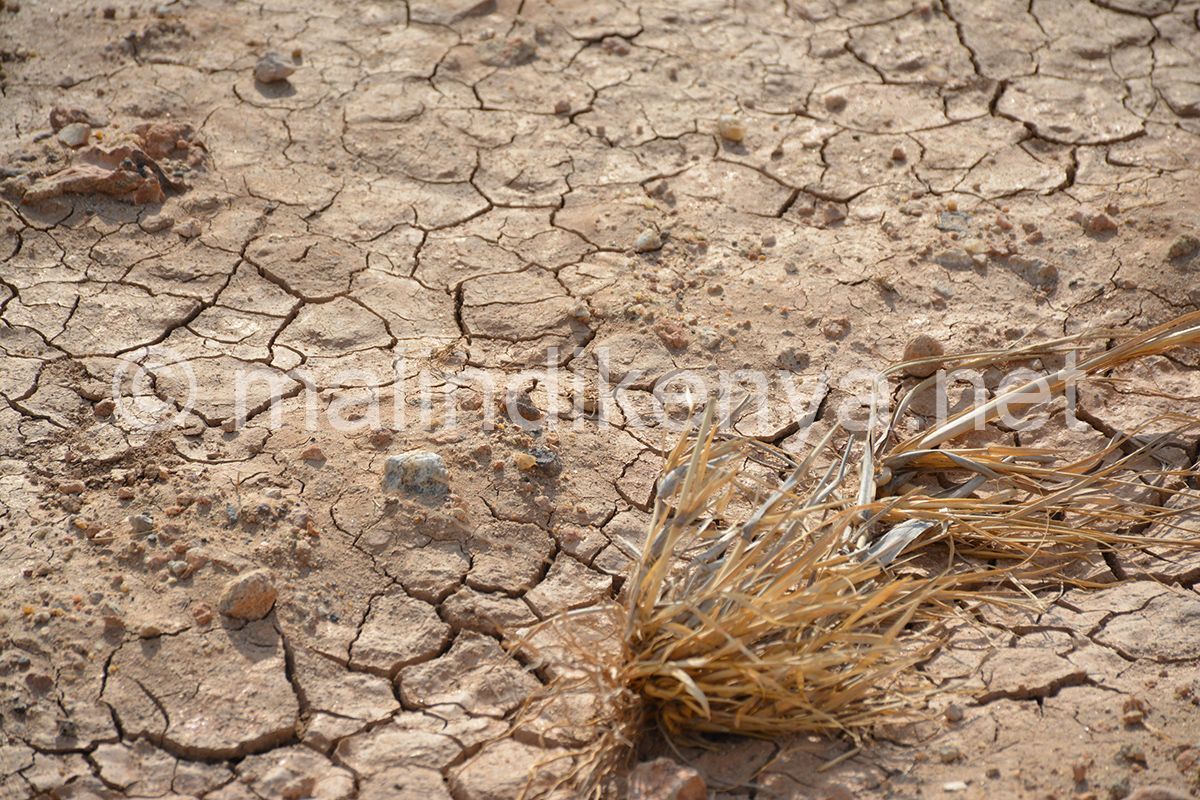
This year, as in the previous four, weather forecasts predict that the "big rains," whose season began in late March and usually ends in June, will be below the acceptable average in 2023, which is what was recorded up to a decade ago. This will happen mostly in arid and semi-arid counties (ASALs). However, it is worth noting that regardless of how the current long rainy season goes, recovery from the prolonged drought could take years. Severe water shortages in recent years, which are part of the effects of global warming and climate change in the Horn of Africa, have led to appreciable livelihood losses for those living in the arid and semi-arid regions, which account for 89 percent of the country with about 38 percent of Kenya's population. These regions are home to more than 90 percent of the wildlife that supports the tourism industry, contributing 12 percent of Kenya's Gross Domestic Product. ASAL regions are home to 70% of the national livestock population, with an estimated value of 70 billion Kenyan shillings.
They also have enormous potential for renewable energy (both solar and wind) and other natural resources and are also strategically positioned for cross-border trade and socio-cultural interaction with Ethiopia, Uganda, Tanzania, South Sudan, and Somalia. The economic and social losses given by the prolonged drought thus spill over to communities, causes internal migration and conflicts over the use of land and scarce water, animal raids and reprisals.
The European Union has been trying to help Kenya through its experience on the ground, including decisions made over the years, and is now supporting the African country in facing the challenges of climate change to manage drought and its effects in the most appropriate way.
EU Ambassador Henriette Geiger and ASAL Minister for Regional Development Rebecca Miano explained how in a joint article.
"The EU support covers policy development and in particular the ASAL policy, the Vision 2030 development strategy for northern Kenya and other drylands, as well as the strategy to end drought-related emergencies and its joint programmatic framework," Geiger and Miano explained. "The EU has also supported the strengthening of the drought early warning system, as well as the digitization of data collection and integration of remote data. As part of resilience building, the EU has extended support for the implementation of strategic drought preparedness investments prioritized by affected communities. Increased climate variability and associated risks mean that more frequent and intense droughts may occur in the near future, especially in ASALs. This, in turn, leads to increased food insecurity, nutritional deficiency, and a hindrance to long-term socioeconomic development. The EU has therefore provided additional funding under the Kenya Multiannual National Indicative Program for 2021-2027 to promote sustainable development by contributing to the country's green transition and digital transformation. The Dryland Climate Action for Community Drought Resilience project will be implemented by NDMA, with EU support of €13 million and Kenya's contribution of €5 million. The grant will support communities and ecosystems in drought-prone arid and semi-arid lands to achieve greater resilience and improved food security."
According to the EU Ambassador, the project will provide new investment stimulus for livestock and agriculture, helping to introduce more sustainable agribusiness systems and livelihood strategies.
"Kenya recognizes the need to do more to address vulnerabilities in ASALs and thus continues to seek long-term solutions to the impact of recurring droughts," Geiger and Miano conclude. "We believe this partnership will move Kenya from crisis management to drought preparedness, thereby reducing vulnerabilities and exposure of ASAL communities.
WEATHER
by redazione

Kenya is one of the long-haul destinations most desired by Italians for the so-called (by us) summer...

No 'El Niño', just normal small rains. This is what we have to expect for the coming weeks in...
WEATHER AND RISKS
by redazione

The bad weather emergency in Kenya now also threatens to bring flooding to the coastal strip, swelling...
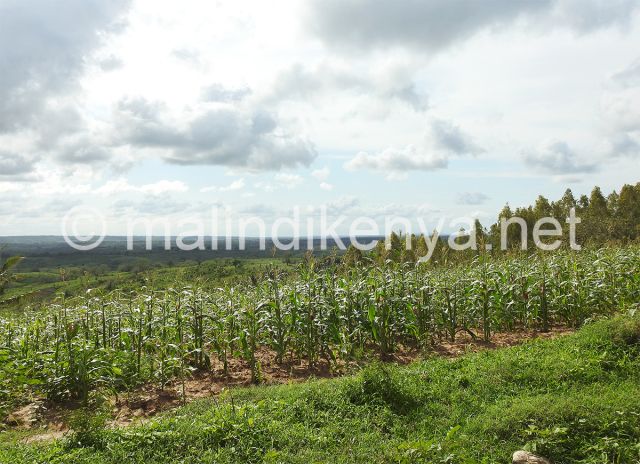
Low rainfall during Kenya's cold season means a shortage of maize meal, the main staple...
METEO
by redazione
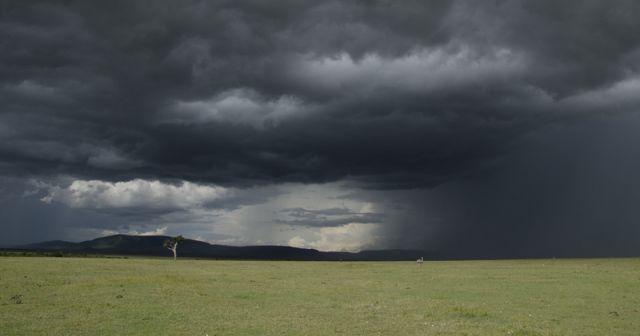
Global climate change in Kenya seems to have brought about an "exchange" of roles between the season of...
METEO
by redazione
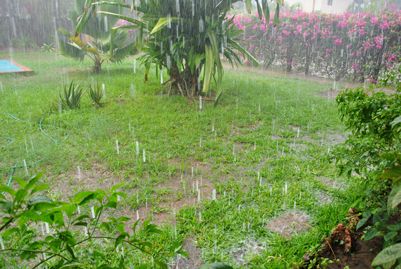
In Malindi and the Kenyan coast the rains are expected as a godsend. The drought has done extreme damage to the land and to the farms.
They are already dead cattle and many plants were reduced to dead branches.
In...
WEATHER
by redazione
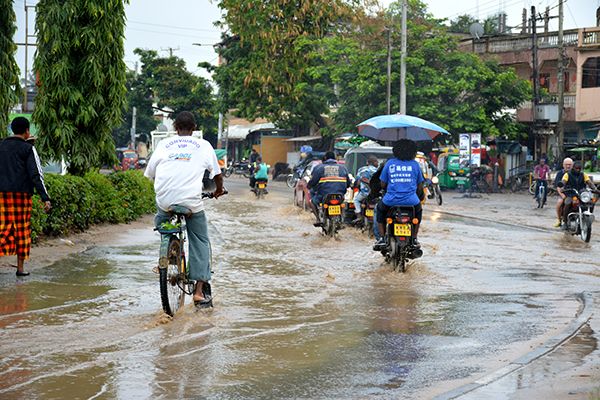
This year's so-called "small rains" are very similar to the older sisters in May and June.
The abundant and continuous rainfall of these days...
NEWS
by redazione
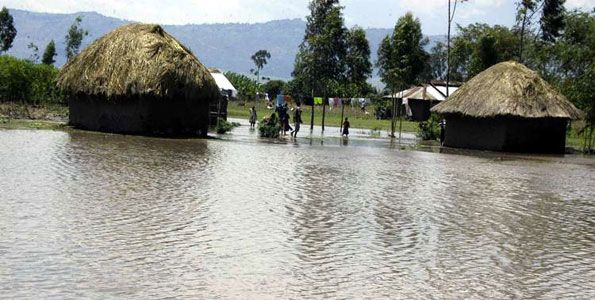
On the one hand you can only bless them, on the other hand the first heavy downpours that fell...

The 2021 rainy season in Kenya will be an atypical one, at least according to forecasts by local meteorologists. The...
WEATHER
by Freddie del Curatolo

According to the most reliable "bernacas" of the coast, the fishermen of Lamu, the big rains will arrive just after...

If once our grandparents in Italy coined the saying "there are no more half seasons", in recent...
FRUITS
by Leni Frau
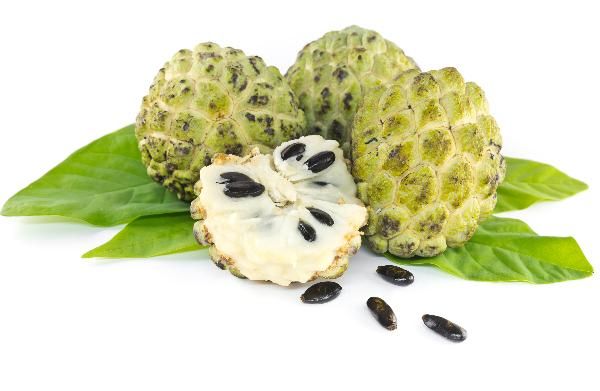
It is one of Africa's least known but healthiest fruits. In Kenya almost no one plants it but it grows mostly wild...
NEWS
by redazione
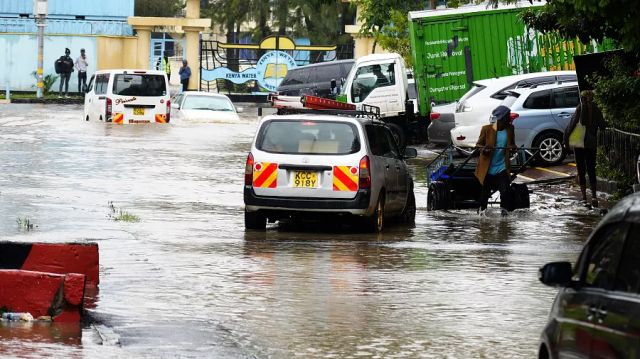
The floods that have hit Nairobi in recent days also affected the Jomo Kenyatta International...